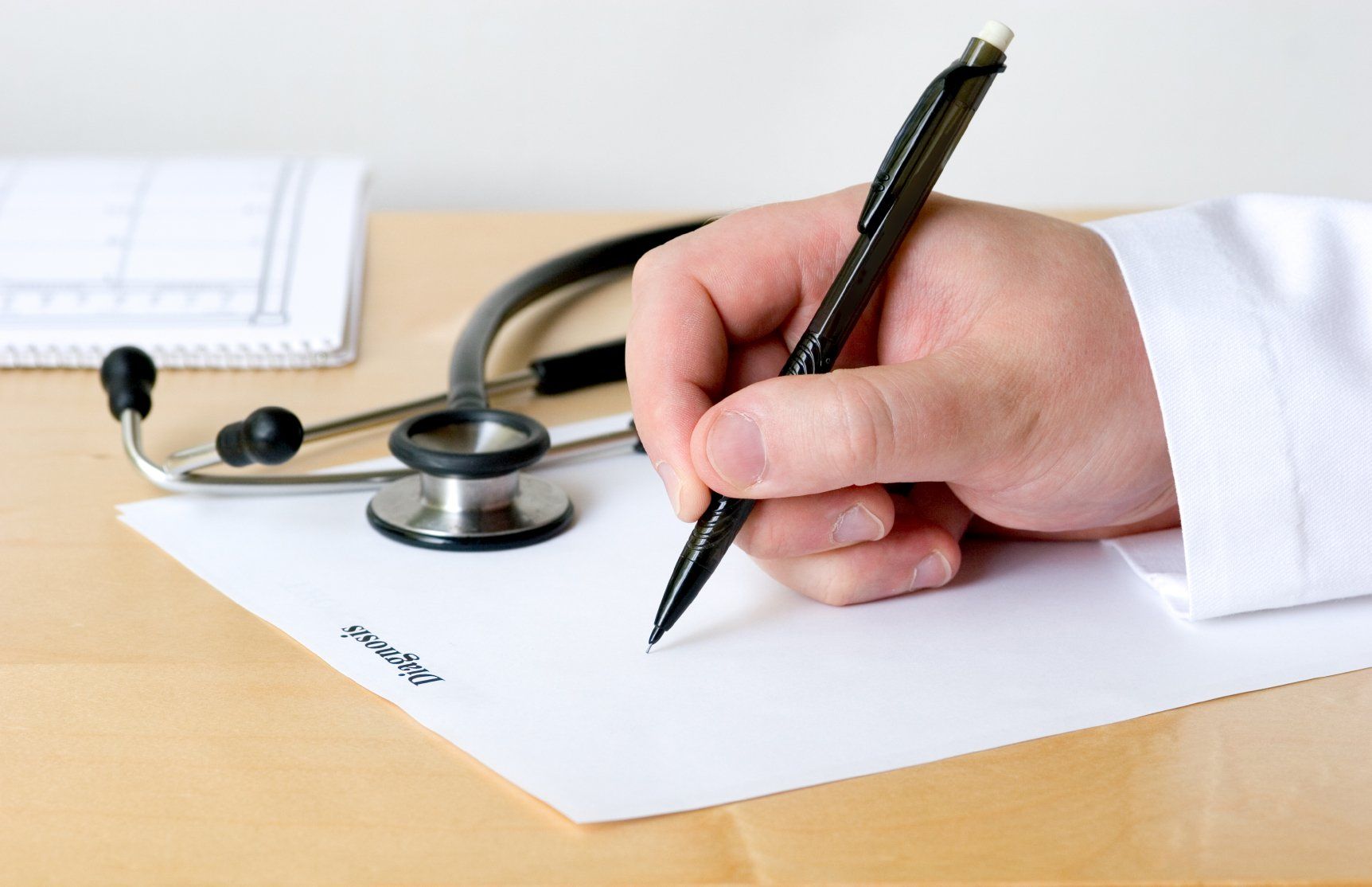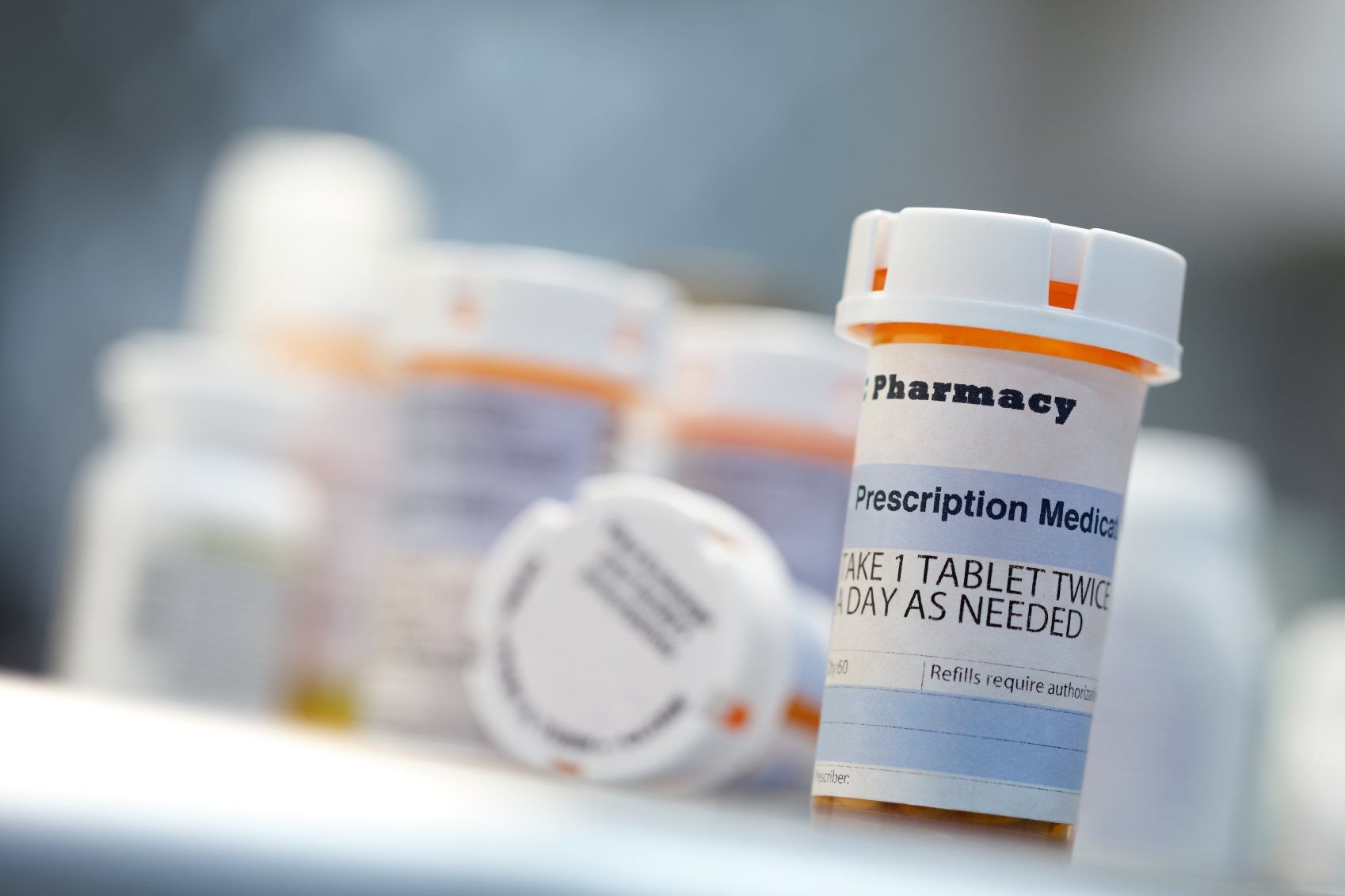EU MDR days to go
أيام
ساعات
الدقائق
ثوان
Medical device artwork and labelling
Increasing regulation and enforcement is driving medical device organisations to seek solutions to better manage product and package labelling and to reduce compliance risks.
Get Started
Drop us a line and we’ll get back to you!
Our expertise in medical device artwork and labelling
Labels in medical device industry are developed mostly as an afterthought and is considered one of the numerous technical documents that need to be developed to get market approval. With so little time and effort invested, it does not come as a surprise that historically, labeling issues have been the 4th most common cause of device recalls. Furthermore, inconsistent labels produced due to a lack of defined label creation process have far-reaching implications – from study approval to product approval. Eliminating these issues needs a fresh approach and guiding hands of a domain expert.
Our company with its pool of medical device experts is ideally positioned to assist medical device companies in achieving compliance with quality. We straddle the entire life cycle of the device value chain providing labeling solution, right from device ideation to final artwork publishing. Our labeling solution provides medical skills at scale:
Our company with its pool of medical device experts is ideally positioned to assist medical device companies in achieving compliance with quality. We straddle the entire life cycle of the device value chain providing labeling solution, right from device ideation to final artwork publishing. Our labeling solution provides medical skills at scale:
- Company core data sheet (CCDS) equivalents for medical devices (a first in the industry)
- Instructions for use (IFU) in multiple languages from scratch for regulated markets with our iterative process
- End-to-end solution for eIFUs (207/2012)
- Recently, we have expanded our solutions to also include patient guides, unique device identifiers (UDIs), device symbols, and implant cards.
Important Considerations for Labelling of Medical Devices Under the New EU MDR
The new European Medical Device Regulation (MDR) gives great importance to the information supplied by a manufacturer to the end user to assist with the safe and proper use of a medical device. Information provided on a device label is a significant portion of this requirement and should be thoroughly developed and compiled by following the harmonized standards and expert guidance.
The upcoming European MDR, now available in a close-to-final consolidated version (MDR 27 June, 2016), sets forth major changes for manufacturers of medical devices. One topic more demanding than in the current Medical Device Directive (MDD 93/42/EEC, amended 2007) is the information supplied by the manufacturer. The objectives of this information are (new requirements underlined):
the safe and proper use of a medical device taking account of the technical knowledge, experience, education or training of the intended user(s) or other person
Identification of the device and the manufacturer
Labels shall be provided in a human-readable format and may be supplemented by machine-readable information
The General Safety and Performance Requirements (formerly: Essential Requirements) of a MD depicts the objective, kind and extent of such information provided.
MDR Annex I Sect. 19.2:
details the data on the label more (e.g. use of a serial number);
requires new information (e.g. a unique device identification UDI, the number and limitation of reprocessing cycles, an identification of a sterile packaging as such, availability of a safety and clinical performance summary for class III MD);
or transfers data from the IFU to the label (e.g. medicinal substances incorporated into the device)
The label of a MD thereby receives much higher significance than in the current MDD and should be verified and controlled at all levels of processing and marketing.
The MDR links to further European regulations as the Classification, Labelling and Packaging of Substances and Mixtures (CLP) 1272/2008/EEC that requires labelling of certain Phthalate softeners. Whereas Regulation 207/2012 provides information on electronic instructions for use of medical devices.
A device label consists of:
Mandatory particulars (e.g. name and address of the manufacturer)
Mandatory particulars where applicable (e.g. “sterile”)
Results of the risk assessment by EN ISO 14971 (e.g. “storage conditions”)
Where appropriate, this labelling should use symbols (for example, for manufacturers using irradiation sterilization). It is important to note that some symbols bear an additional explanatory text such as for sterile packaging in conjunction with “do not use if packaged is damaged.” Any symbol used should conform to the harmonized standards. Where no standards exist, the symbols must be explained in the documentation supplied with the device.
MDR Chap. II Art. 6 emphasizes the application of harmonized standards including those related to the quality management system, risk management, clinical investigation, clinical evaluation and post-market activities. Standards which are harmonized with the MDR provide support for correct labelling; compliance with such standards implies compliance with the regulation. As of today (25 January, 2017) standards for labelling harmonized with the MDD and most probable with the MDR are:
EN 980:2008: Symbols for use in the labelling of medical devices
EN 1041:2008: Information supplied by the manufacturer of medical devices
EN 15986:2011: Symbol for use in the labelling of medical devices – Requirements for labelling of medical devices containing phthalates
EN ISO 3826-2:2008: Plastics collapsible containers for human blood and blood components – Part 2: Graphical symbols for use on labels and instruction leaflets
EN ISO 15223-1:2012 (Medical devices – Symbols to be used with medical device labels, labelling and information to be supplied – Part 1: General requirements) is expected to replace EN 980, but as of January 2017, is still not harmonized. However, since this standard is comprised of further useful symbols, it should also be considered.
All information on labels must also be in the Instructions for Use (IFU) except for variable data, e.g. LOT or expiry date.
With the MDR, the manufacturer’s information accompanying a MD reach beyond the data on the label and the IFU. This approach is mirrored in the revised standard ISO 13485:2016 on the Quality Management System for MD where labelling comprises label, instructions for use, and any other information that is related to identification, technical description, intended purpose and proper use of the medical device.
In today’s common interpretation, any information published in any medium (oral, written, printed or electronic form) should be considered and comply with the specific product labelling. Manufacturers are advised to verify and control all data published on a MD for congruency and ensure that all performance indications are proven by a sound clinical evaluation.
Additionally, the MDR gives more emphasis on pre-clinical and clinical data for the verification and validation of the performance of a MD. This matches with MEDDEV 2.7/1 revision 4 (2016) on Clinical Evaluation where conformity to the Essential Requirements can only be assumed when the information materials supplied by the manufacturer are aligned with the clinical evaluation and the available clinical data.
Any inadequacy in the manufacturer’s information which might lead to serious incidents i.e. death of a patient or user or to a serious deterioration in his state of health is regarded as a reportable incident; the supervising authority would then surely scrutinize the manufacturer’s information about the respective MD.
Ultimately, compliance with the new MDR highly demands that each manufacturer integrates justified instructions for consistent labelling considering practicability and suitability of the respective device into his quality management system. Every justification should be based on sound and documented evidences (literature, bench testing, pre-clinical studies, clinical data etc.) whereby the overall safety and performance of the medical device is paramount.
The upcoming European MDR, now available in a close-to-final consolidated version (MDR 27 June, 2016), sets forth major changes for manufacturers of medical devices. One topic more demanding than in the current Medical Device Directive (MDD 93/42/EEC, amended 2007) is the information supplied by the manufacturer. The objectives of this information are (new requirements underlined):
the safe and proper use of a medical device taking account of the technical knowledge, experience, education or training of the intended user(s) or other person
Identification of the device and the manufacturer
Labels shall be provided in a human-readable format and may be supplemented by machine-readable information
The General Safety and Performance Requirements (formerly: Essential Requirements) of a MD depicts the objective, kind and extent of such information provided.
MDR Annex I Sect. 19.2:
details the data on the label more (e.g. use of a serial number);
requires new information (e.g. a unique device identification UDI, the number and limitation of reprocessing cycles, an identification of a sterile packaging as such, availability of a safety and clinical performance summary for class III MD);
or transfers data from the IFU to the label (e.g. medicinal substances incorporated into the device)
The label of a MD thereby receives much higher significance than in the current MDD and should be verified and controlled at all levels of processing and marketing.
The MDR links to further European regulations as the Classification, Labelling and Packaging of Substances and Mixtures (CLP) 1272/2008/EEC that requires labelling of certain Phthalate softeners. Whereas Regulation 207/2012 provides information on electronic instructions for use of medical devices.
A device label consists of:
Mandatory particulars (e.g. name and address of the manufacturer)
Mandatory particulars where applicable (e.g. “sterile”)
Results of the risk assessment by EN ISO 14971 (e.g. “storage conditions”)
Where appropriate, this labelling should use symbols (for example, for manufacturers using irradiation sterilization). It is important to note that some symbols bear an additional explanatory text such as for sterile packaging in conjunction with “do not use if packaged is damaged.” Any symbol used should conform to the harmonized standards. Where no standards exist, the symbols must be explained in the documentation supplied with the device.
MDR Chap. II Art. 6 emphasizes the application of harmonized standards including those related to the quality management system, risk management, clinical investigation, clinical evaluation and post-market activities. Standards which are harmonized with the MDR provide support for correct labelling; compliance with such standards implies compliance with the regulation. As of today (25 January, 2017) standards for labelling harmonized with the MDD and most probable with the MDR are:
EN 980:2008: Symbols for use in the labelling of medical devices
EN 1041:2008: Information supplied by the manufacturer of medical devices
EN 15986:2011: Symbol for use in the labelling of medical devices – Requirements for labelling of medical devices containing phthalates
EN ISO 3826-2:2008: Plastics collapsible containers for human blood and blood components – Part 2: Graphical symbols for use on labels and instruction leaflets
EN ISO 15223-1:2012 (Medical devices – Symbols to be used with medical device labels, labelling and information to be supplied – Part 1: General requirements) is expected to replace EN 980, but as of January 2017, is still not harmonized. However, since this standard is comprised of further useful symbols, it should also be considered.
All information on labels must also be in the Instructions for Use (IFU) except for variable data, e.g. LOT or expiry date.
With the MDR, the manufacturer’s information accompanying a MD reach beyond the data on the label and the IFU. This approach is mirrored in the revised standard ISO 13485:2016 on the Quality Management System for MD where labelling comprises label, instructions for use, and any other information that is related to identification, technical description, intended purpose and proper use of the medical device.
In today’s common interpretation, any information published in any medium (oral, written, printed or electronic form) should be considered and comply with the specific product labelling. Manufacturers are advised to verify and control all data published on a MD for congruency and ensure that all performance indications are proven by a sound clinical evaluation.
Additionally, the MDR gives more emphasis on pre-clinical and clinical data for the verification and validation of the performance of a MD. This matches with MEDDEV 2.7/1 revision 4 (2016) on Clinical Evaluation where conformity to the Essential Requirements can only be assumed when the information materials supplied by the manufacturer are aligned with the clinical evaluation and the available clinical data.
Any inadequacy in the manufacturer’s information which might lead to serious incidents i.e. death of a patient or user or to a serious deterioration in his state of health is regarded as a reportable incident; the supervising authority would then surely scrutinize the manufacturer’s information about the respective MD.
Ultimately, compliance with the new MDR highly demands that each manufacturer integrates justified instructions for consistent labelling considering practicability and suitability of the respective device into his quality management system. Every justification should be based on sound and documented evidences (literature, bench testing, pre-clinical studies, clinical data etc.) whereby the overall safety and performance of the medical device is paramount.

















